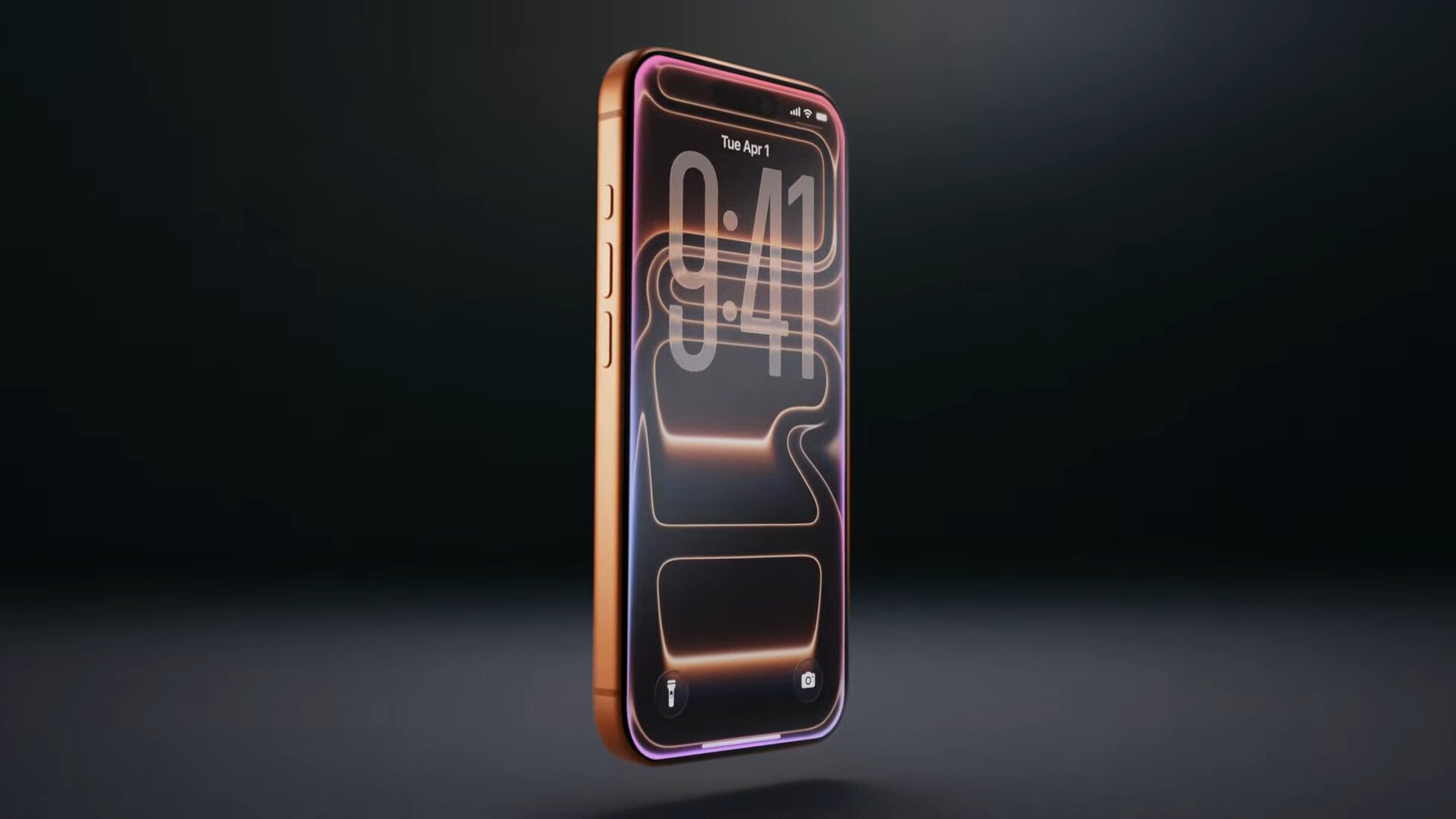Tailored plans
Your needs come first
Everyone has different needs: choose a plan that suits you.
 Chat with Planhub AI
Chat with Planhub AI
Need a mobile or internet plan?
Our intelligent assistant helps you find the ideal plan in just a few seconds!
Suggestions for you
The cell phone and home internet plans featured on planhub.ca are offered by various Canadian telecommunication companies, and PlanHub may receive compensation from these companies. This compensation could potentially influence the positioning and display of products on this site, affecting the order in which they are presented. It is important to note that this site does not include all telecommunications companies nor all available plans. For more details, please refer to our page explaining How we work at PlanHub .
The opinions expressed on PlanHub and PlanHub's Blog belong solely to the author and do not represent the views of any Internet Service Provider or Mobile carriers. Furthermore, these entities have neither reviewed, approved, nor endorsed the content provided on this website.
Use the selector, default to BYOD, to change the cell phone device associated with the plan. Among the most popular cell phones are the Iphone 16, Galaxy S7 Edge, and Google Pixel 10.
The best cell phone plan* is the one that suits both your communication and data consumption needs, as well as your budget. The best cell phone plan, therefore, varies from individual to individual. That's why we recommend conducting a personalized plan search to find the one that truly suits your situation. Above are the best cell phone plans from a global perspective, according to PlanHub.ca's ranking algorithm.
This page can only present a limited selection of phone plans. Find all available plans options according to your needs by performing a personalized search.
Use the selector, defaulting to BYOD, to modify the cell phone device associated with the plan. Among the phones frequently selected with the low-cost plans are the iPhone 14, Galaxy Z Fold 7, and Google Pixel 10 Pro XL.
The cheapest cell phone plans** presented above may align with your budgetary preferences but not necessarily with your communication needs. That's why we recommend conducting a personalized plan search to find the one that is the cheapest according to your specific requirements. Above are the cheapest cell phone plans, among the most popular ones.
Above are the Newest cell phone plans available in in Quebec. PlanHub.ca’s price monitoring system allows fastest refresh rate and the most accurate pricing among comparator websites. The plans above are the latest cell phone plans added to PlanHub.ca’s data base.
This question is personal to everyone, but as a rule of thumb, choosing to bring your own device is generally the cheapest option. Here are some advantages of both choices to help you make a decision.


We’ve curated a selection of cell phone plans tailored to meet the needs of most seniors. Whether you require a basic plan for emergencies or one specifically designed for individuals over 55, this page will guide you toward the best options.
View Senior Cell Phone PlansFamily cell phone plans provide the advantage of managing data usage for multiple users, making them especially useful for parents overseeing their teenagers’ phone expenses. These plans often include perks like shared data among family members.
Explore the Best Family PlansWe’ve gathered the top-rated plans that offer the best value for students, many of which come with special discounts for those in education. If you're looking for an affordable student plan, check out our recommendations below.
Best Student Cell Phone PlansFor frequent travelers and business professionals, plans that cover both Canada and the U.S. are a great way to avoid roaming fees or the hassle of purchasing multiple SIM cards. Find the best cross-border plans through the link below.
Compare Canada & U.S. Cell Phone PlansPrepaid or pay-as-you-go plans are a flexible choice for individuals without a credit history, such as newcomers and young users. We’ve identified the most cost-effective prepaid options for you.
Best Prepaid Cell Phone PlansCell phone plans prices are subject to frequent fluctuations. Let PlanHub.ca Price Alert email you the cheapest prices available.

With prices changing daily, collecting and monitoring plan data is an extremely complex task. To achieve 99.998% accuracy, our team has developed a state-of-the-art online data collection system, enhanced by meticulous human validation. Our pricing and plan data are trusted by numerous reputable Canadian websites, and in some instances, even providers themselves rely on our data for competitive market analysis.


For more details on each step, consult the PlanHub.ca guide on how to choose a cell phone plan.

Below is a summary of the necessary steps to find the cell phone device that will suit your needs. Refer to the complete version of this guide on how to choose a cell phone for more details.
If you already have a cell phone device and are looking for a plan, refer to our guide on how to choose a cell phone plan or proceed directly to a cell phone plan search.
Everyone has different needs: choose a plan that suits you.
PlanHub.ca can help you save up to $ 20 per month on your mobile plan
PlanHub.ca is often featured and mentioned in Canadian media as a reliable source on matters of telecommunication technologies.
View All PlanHub.ca MentionsThere was no plan I was looking on Fido Web but when I used PlanHub.ca mobile Fido game me better plan at cheap price. 5GB and unlimited talk for $35 a month.
Very easy and fast search and compare. Thank you.
Very good site that is easy to navigate. I recommend it.
Excellent site to shop for Internet and cellular plans based on your location!
You are the best and most reliable source of information on mobile phone packages.
very good service and free ... THANKS ....

In a Canadian telecom market often criticized for its complexity, Fizz is betting on transparency with a refreshingly straightforward offer. Priced at $35 per month, the plan includes 35 GB of 5G data, unlimited calls and texts, and voicemail. There is no contract to sign, and activation comes at no extra cost, including through a […]

Each week, PlanHub.ca brings you the best cell phone deals and plans available in Canada. For the week of December 18, whether you’re looking for more data, a great price, or an exclusive offer, check out our selection to stay connected for less. Find the cell phone plan on PlanHub.ca that fits your needs and […]